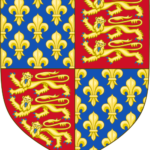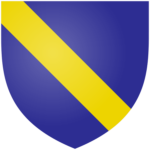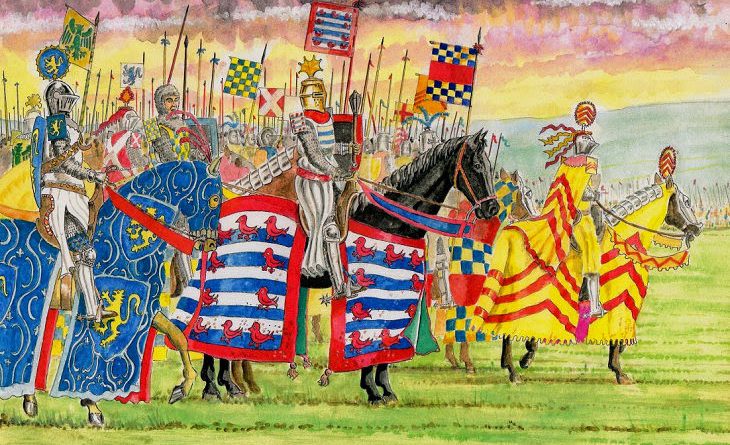Joan of Arc: Accurate Heraldry Part 1
Over on the Time of Legends: Joan of Arc Discord server, one of the members was asking about heraldry, knowing nothing about it. I helped out, providing him some basic information, but as I told him on the forum, “I’ll do the research so you don’t have to!”
Now, some of this information may be incorrect, I’m just one guy, and heraldry isn’t my main focus in history, but I’d love to hear any corrections below in the comments. I’m also including footnotes here in places I don’t have links.
What is heraldry? Simply put, it’s the coat of arms or personal symbology of a noble family. Every knight was a member of a noble house (We’re not going to discuss Knight-Errants here, as they are widely believed to be the work of fiction [1]), so each knight bore their own personal coat of arms on their shield, tabbard and/or horse’s barding.

We’re specifically looking at the heraldry during the Hundred Years War (HYW) here, so let’s first look at the heraldry that kicked off the Hundred Years War: The Coat of Arms of Edward III. The Planetagents, the ruling family of England had born the symbol of Gules, three lions passant guardant in pale or armed and langued azure (in English, three lions on a red background; we’ll get to the terminology later) since the reign of Richard I [2], but in 1340, Edward III revealed a change to the coat: He divided his shield to show a blue background with gold fleur de lis, the symbology of the French throne. I’ll get into the origins of the Hundred Years War another time, but his claim to the throne led to the invasion of France, kicking off the many wars that followed.

With each household bearing their own coat of arms, it was important that each family had a unique coat. This led to some nobles sueing other nobles over who was allowed to bear a particular coat of arms. The most famous example was Scrope v. Grosvenor, where two nobles bearing the same heraldry, azure, with a bend or. Both claimed it, with a court finally ruling in Scrope’s favor. [3] Lawsuits got so bad that Henry V finally ruled that only those who bore arms at Agincourt could assume arms unless granted by the crown. This cut down significantly on the number, and allowed for better regulation. [4]
There are plenty of sites which will explain the exact layout of heraldry, including the terminology (Wikipedia has a good summation), so I specifically want to talk about the HYW (as I stated above before rambling off on a tangent).
Who fought in the Hundred Years War, and what were their coats of arms? This page has a fantastic selection of banners depicted in various battles of the HYW. They’re differentiated between armies and battles. Keep an eye out for what it states on each one, however, because that can help direct how you paint your knights. Baudoin d’Annequin, for example, was the “Master of the Crossbowmen,” so perhaps instead of depicting him as a knight, you would give the crossbowmen his banner to fly overhead.
My intent is to paint up half English and half French knights, but if a battle is going to require more knights on one side than the other, and one of the players has run out of kngihts for their side, they can borrow. No one’s going to notice, and it’ll be good for the time being.
I’ll get into painting up heraldry in a later post, once I’ve gotten the chance to do it myself.
Footnotes:
[1] Daniel Eisenberg, “The Pseudo-Historicity of the Romances of Chivalry”
[2] John Philip Brook Brooke-Little, “Royal Heraldry. Beasts and Badges of Britain”
[3] Sir Nicholas Harris, “The Controversy between Sir Richard Scrope and Sir Robert Grosvenor in the Court of Chivalry”
[4] John Woodward and George Burnett, “A Treatise on Heraldry: British and Foreign”

